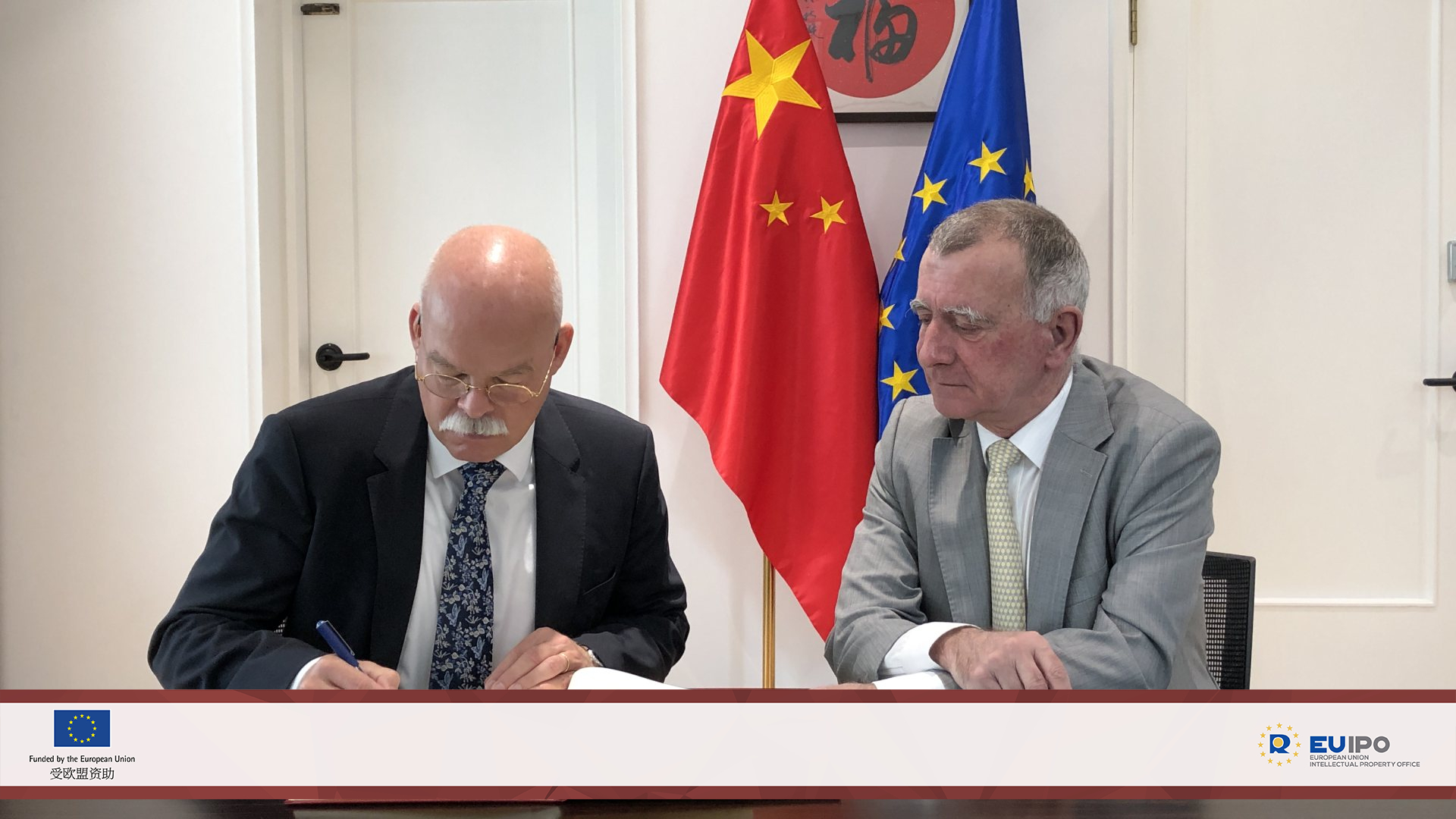EU and China sign landmark agreement protecting European Geographical Indications
Today, the EU and China signed a bilateral agreement to protect 100 European Geographical Indications (GIs) in China and 100 Chinese GIs in the European Union against usurpation and imitation. This agreement, first concluded in November 2019, should bring reciprocal trade benefits as well as introducing consumers to guaranteed, quality products on both sides. It reflects the commitment of the EU and China to deliver on their commitment taken at previous EU-China Summits and to adhere to international rules as a basis for trade relations.
Agriculture and rural development Commissioner Janusz Wojciechowski said: “I am proud to see this agreement getting one step closer to its entry into force, reflecting our commitment to work closely with our global trading partners such as China. European Geographical Indications products are renowned for their quality and diversity, it is important to protect them at an EU and global level to ensure their authenticity and preserve their reputation. This agreement will contribute to do this, while also strengthening our trading relationship, benefitting our agri-food sector and consumers on both sides.”
The Chinese market has high-growth potential for European food and drinks. In 2019, China was the third destination for EU agri-food products, reaching €14.5 billion. It is also the second destination of EU exports of products protected as Geographical Indications, accounting for 9% by value, including wines, agri-food products and spirit drinks. In addition, European consumers will be able to discover genuine Chinese specialties thanks to this agreement.
The EU list of GIs to be protected in China includes iconic GI products such as Cava, Champagne, Feta, Irish whiskey, Münchener Bier, Ouzo, Polska Wódka, Porto, Prosciutto di Parma and Queso Manchego. Among the Chinese GI products, the list includes for example Pixian Dou Ban (Pixian Bean Paste), Anji Bai Cha (Anji White Tea), Panjin Da Mi (Panjin rice) and Anqiu Da Jiang (Anqiu Ginger).
Following the signature of the agreement and the European Parliament consent, it will officially be adopted by the Council. The agreement is expected to enter into force at the beginning of 2021.
Within four years after its entry into force, the scope of the agreement will expand to cover additional 175 GI names from both sides. These names will have to follow the same approval procedure as the 100 names already covered by the agreement (i.e. assessment and publication for comments).
Background
With more than 3,300 EU names registered as geographical indications, EU quality policy aims at protecting the names of specific products to promote their unique characteristics linked to their geographical origin as well as traditional know-how.
Around 1,250 non-EU GIs are also protected within the EU, thanks to similar bilateral agreements such as this one with China. These agreements also protect EU GIs in partner countries: some 40,000 instances of protection of EU GIs around the world.
In value terms, the market for EU geographical indications is around €74.8 billion, or 6.8% of EU food and drink, and exports of €16.9 billion accounting for 15.4% of total EU food and drink exports.
EU-China cooperation on this matter started in 2006 and resulted in the protection of 10 Geographical Indication names on both sides in 2012. This initial agreement was the groundwork for today's cooperation.
